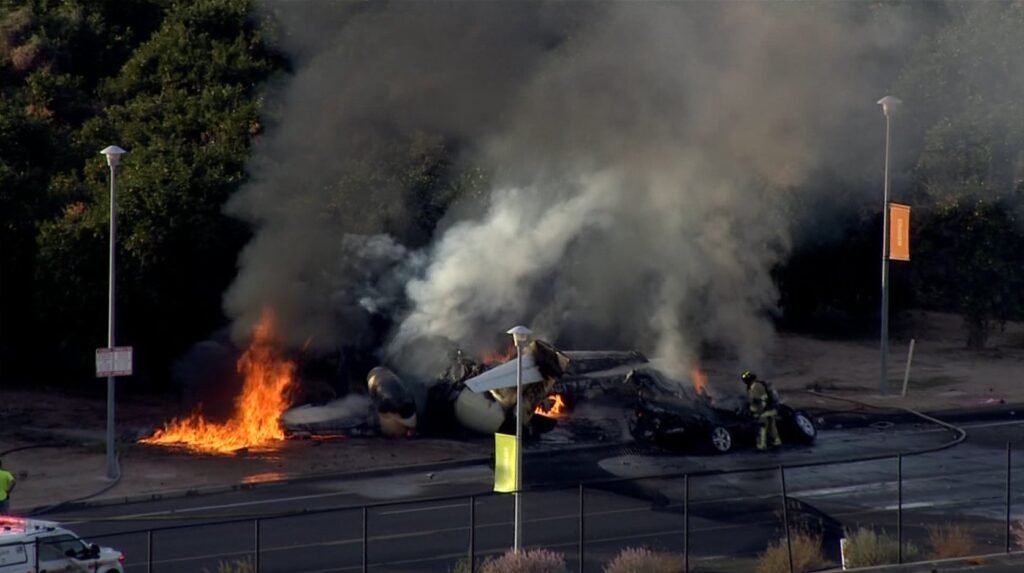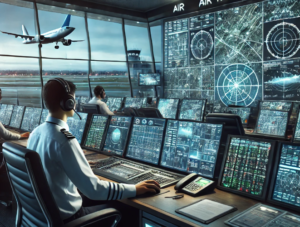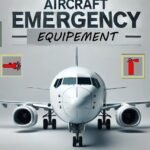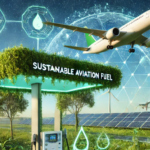Aviation Safety: Somendra Pandey (Airplane Beast)

Aviation Safety: Understanding, Improving, and Implementing Critical Standards
Aviation safety encompasses every practice, protocol, and regulation that ensures the protection of passengers, crew members, and cargo. It is a field that has evolved through lessons learned from accidents and technological advancements, setting standards that prioritize safety as the core of air travel operations. The modern landscape of aviation safety includes rigorous training, technological aids, and compliance with international standards, all aimed at safeguarding lives and maintaining public confidence in air travel.
Historical Context of Aviation Safety
Aviation safety has progressed tremendously since the early 20th century when commercial air travel began. Initial flights lacked the sophisticated protocols we have today, resulting in accidents that brought critical changes. Incidents like the Tenerife airport disaster in 1977 and the United Airlines Flight 232 crash in 1989 prompted sweeping reforms, emphasizing pilot training, aircraft design, and emergency procedures. These events highlighted the importance of stringent safety measures, leading to the establishment of detailed regulatory frameworks that shape today’s aviation safety practices.
Regulatory Bodies in Aviation Safety
The aviation industry is governed by several regulatory bodies, each responsible for setting and enforcing safety standards worldwide:
- Federal Aviation Administration (FAA): As the primary regulatory body in the United States, the FAA oversees every aspect of aviation safety, from aircraft design to in-flight protocols.
- International Civil Aviation Organization (ICAO): A global authority under the United Nations, ICAO coordinates international regulations, ensuring consistency across borders.
- European Union Aviation Safety Agency (EASA): EASA regulates safety within EU member countries, establishing requirements for both commercial and general aviation.
- Director Genaral of Civil Aviation (DGCA) regulates safety within EU member countries, establishing requirements for both commercial and general aviation.
These organizations work in tandem to create a standardized approach to aviation safety, ensuring that air travel maintains consistent safety benchmarks worldwide.
Major Areas of Aviation Safety
Aviation safety covers several critical areas, including aircraft maintenance, pilot training, and air traffic control. Each of these areas has its own set of standards and practices to minimize risks:
- Aircraft Maintenance and Inspection: Regular inspections, maintenance logs, and stringent compliance checks ensure that all aircraft are in optimal condition.
- Pilot and Crew Training Standards: Rigorous training, certification, and continuous learning are essential for maintaining a crew capable of managing emergencies.
- Air Traffic Control and Navigation Systems: Precise navigation and air traffic management prevent in-flight collisions and ensure safe takeoffs and landings.
Together, these elements form the foundation of aviation safety, addressing potential risks before, during, and after flights.
Safety Protocols for Aircraft Maintenance
Aircraft maintenance is a non-negotiable aspect of aviation safety, as even minor mechanical issues can result in serious consequences. Every aircraft undergoes a comprehensive inspection process, guided by maintenance logs that track any repairs or issues. Engineers and mechanics play crucial roles, following strict guidelines for checking engines, wings, and control surfaces. Compliance with these maintenance standards ensures that all aircraft parts function optimally, reducing the risk of malfunctions during flight.
Pilot Training and Certification Requirements
Pilots undergo extensive training to handle the complexities of flying and the responsibilities that come with passenger safety. Initial pilot training is just the start; certification and frequent refresher courses keep pilots prepared for potential emergencies. Training includes both in-simulator and on-the-job experience, emphasizing emergency procedures, instrument navigation, and situational awareness. This constant process ensures that pilots stay current with the latest safety protocols and technological updates.
Air Traffic Control and Navigation Safety
Air traffic controllers coordinate aircraft movements, preventing mid-air collisions and managing takeoffs and landings efficiently. Through advanced radar systems and data-sharing technology, air traffic controllers ensure that every flight follows a safe trajectory. Collision avoidance technology, such as Traffic Collision Avoidance Systems (TCAS), is essential in modern aviation, providing automated alerts to prevent potential collisions. These systems, combined with human oversight, enhance flight path accuracy and ensure a safe flight environment.
In-Flight Safety Procedures
In-flight safety is maintained through detailed procedures, beginning with safety briefings from flight attendants. Passengers are familiarized with emergency exits, life vests, and seatbelt requirements. Flight attendants, who undergo extensive training, play a vital role in enforcing these procedures. They handle unexpected situations, assist passengers, and ensure a safe cabin environment throughout the flight.
Safety in Airport Operations
Airport safety protocols extend beyond the aircraft to include ground operations. Security checks, passenger screenings, and baggage handling are essential to prevent unauthorized items from reaching flights. Ground handlers follow strict guidelines when managing aircraft refueling, cargo loading, and other pre-flight preparations, reducing the risks of ground-based accidents and ensuring safe takeoffs.
Advances in Aviation Safety Technology
Technological advancements have transformed aviation safety, with innovations like collision avoidance systems, predictive analytics, and real-time monitoring improving safety standards. Advanced radar and satellite-based navigation systems allow for precision tracking and communication, reducing human error. Artificial intelligence also plays a role, from automating routine tasks to analyzing data for potential safety improvements, making aviation safer than ever.
Human Factors in Aviation Safety
While technology plays a critical role, human factors are equally essential in aviation safety. Human errors, influenced by factors like fatigue, stress, or inadequate training, are often a root cause of accidents. Managing these factors through effective scheduling, workload balancing, and psychological support reduces error rates. Fatigue management programs, for example, ensure pilots and crew are well-rested and alert, mitigating the risks of human error.
Risk Management and Safety Assessment
Risk management in aviation involves identifying, assessing, and mitigating potential hazards before they impact safety. Through Safety Management Systems (SMS), aviation companies analyze historical flight data, assess risks, and develop strategies to prevent incidents. This proactive approach allows for continuous improvement and adaptation, preparing airlines to handle potential threats effectively.
Emergency Response and Preparedness
Emergency preparedness is crucial for handling in-flight and ground-based incidents. Airlines and regulatory agencies conduct regular crash simulations, train staff for crisis management, and establish communication protocols for emergencies. These preparedness measures not only improve immediate responses but also provide valuable insights for future safety improvements, ensuring the aviation industry learns from every incident.
Environmental Considerations and Safety
Environmental conditions play a significant role in aviation safety. Extreme weather events, such as thunderstorms, snowstorms, and strong winds, can pose severe risks. To mitigate these dangers, pilots rely on weather forecasts and advanced radar systems, while airlines adopt special procedures for flying in adverse conditions. Protocols for specific environmental challenges, like volcanic ash or turbulence, help reduce risks associated with weather-related factors.
Challenges in Maintaining Aviation Safety Standards
Maintaining aviation safety standards is challenging due to financial constraints, the high cost of safety technology, and the need to balance safety with operational efficiency. Airlines must invest in staff training, equipment upgrades, and regulatory compliance, all while staying profitable. Regulatory bodies work with airlines to ensure they maintain these standards, but budget limitations often present
#Aviationsafety #Safety #AME #Pilot #Crew #ATC














Aviation News: ATR Will Stop The Development Of Short Take-Off And Landing Variant (STOL), The ATR 42-600S. - THE AVIATION
November 1, 2024[…] a consequence, ATR will stop the development of its Short Take-Off and Landing variant (STOL), the ATR 42-600S, reflecting the company’s commitment to aligning operations with evolving market […]